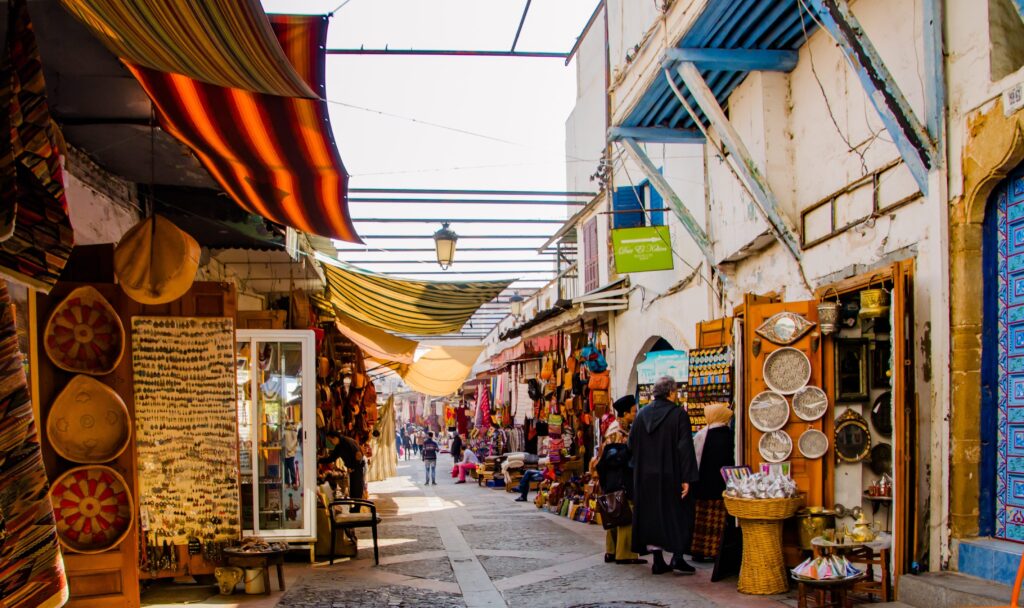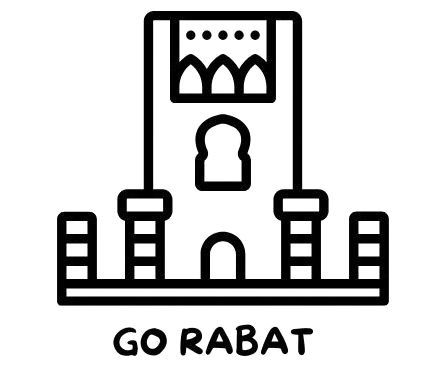Historical Monuments
Hassan Tower
Hassan Tower is one of Rabat’s most iconic landmarks, standing tall as a symbol of the city’s rich history. Built in the 12th century by the Almohad Sultan Yaqub al-Mansur, the tower was part of a grand project to construct a massive mosque that would have been the largest in the world. Unfortunately, the project was abandoned following the death of Sultan Yaqub, leaving the tower unfinished. Standing at 44 meters high, Hassan Tower remains a striking example of Almohad architecture, with its simple yet elegant design and intricate carvings. The surrounding area features the remains of hundreds of columns that would have supported the mosque, providing a glimpse into the scale of the original vision. The nearby Mausoleum of Mohammed V adds to the site’s significance, as it serves as the burial place of King Mohammed V, who led Morocco to independence, along with his son King Hassan II. Together, these two monuments offer a serene and historical atmosphere, making it a must-see site for anyone visiting Rabat.

Kasbah of the Udayas
The Kasbah of the Udayas, perched on a cliff overlooking the Bou Regreg River and the Atlantic Ocean, is a beautiful and historically rich fortress that has stood the test of time. Established in the 12th century by the Almohads, the kasbah was originally built as a military stronghold to protect the city of Rabat from external threats. Over the centuries, it evolved into a vibrant residential area, particularly during the reign of the Udaya tribe, which gave the kasbah its name. The kasbah is a maze of narrow, winding streets and whitewashed buildings with blue-painted doors and windows, creating a peaceful and picturesque environment. The Andalusian Gardens within the kasbah are a serene oasis filled with fountains, flowers, and trees, reflecting the traditional Moroccan garden design. The Kasbah of the Udayas is not only a historic site but also a lively neighborhood that maintains its authenticity, offering visitors a glimpse into the country’s rich cultural heritage while also providing stunning views of the surrounding ocean and city.
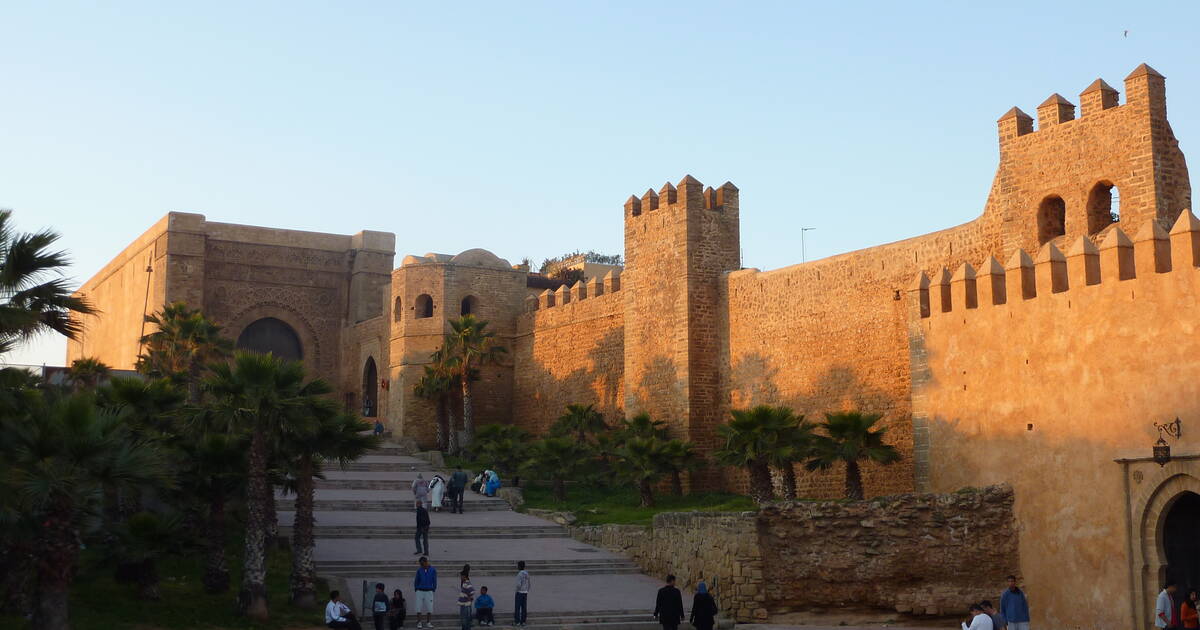
Mausoleum of Mohammed V
The Mausoleum of Mohammed V is one of the most important and revered sites in Rabat, serving as the final resting place of King Mohammed V, who led Morocco to independence in 1956. Built between 1961 and 1971, the mausoleum is a masterpiece of modern Moroccan architecture, blending traditional styles with contemporary elements. The building is adorned with intricate Moroccan tilework, delicate carvings, and a grand dome that shines in gold, reflecting the grandeur of the nation’s revered monarch. The mausoleum is a peaceful and solemn place, attracting both locals and tourists who come to pay their respects. Inside, visitors can see the tombs of King Mohammed V, his son King Hassan II, and his brother Prince Abdallah, all of whom played significant roles in Morocco’s modern history. The complex also includes a mosque, and visitors can witness the changing of the guard ceremony, adding to the site’s majestic and ceremonial atmosphere. The Mausoleum of Mohammed V not only serves as a historical and cultural landmark but also stands as a symbol of the unity and strength of Morocco.
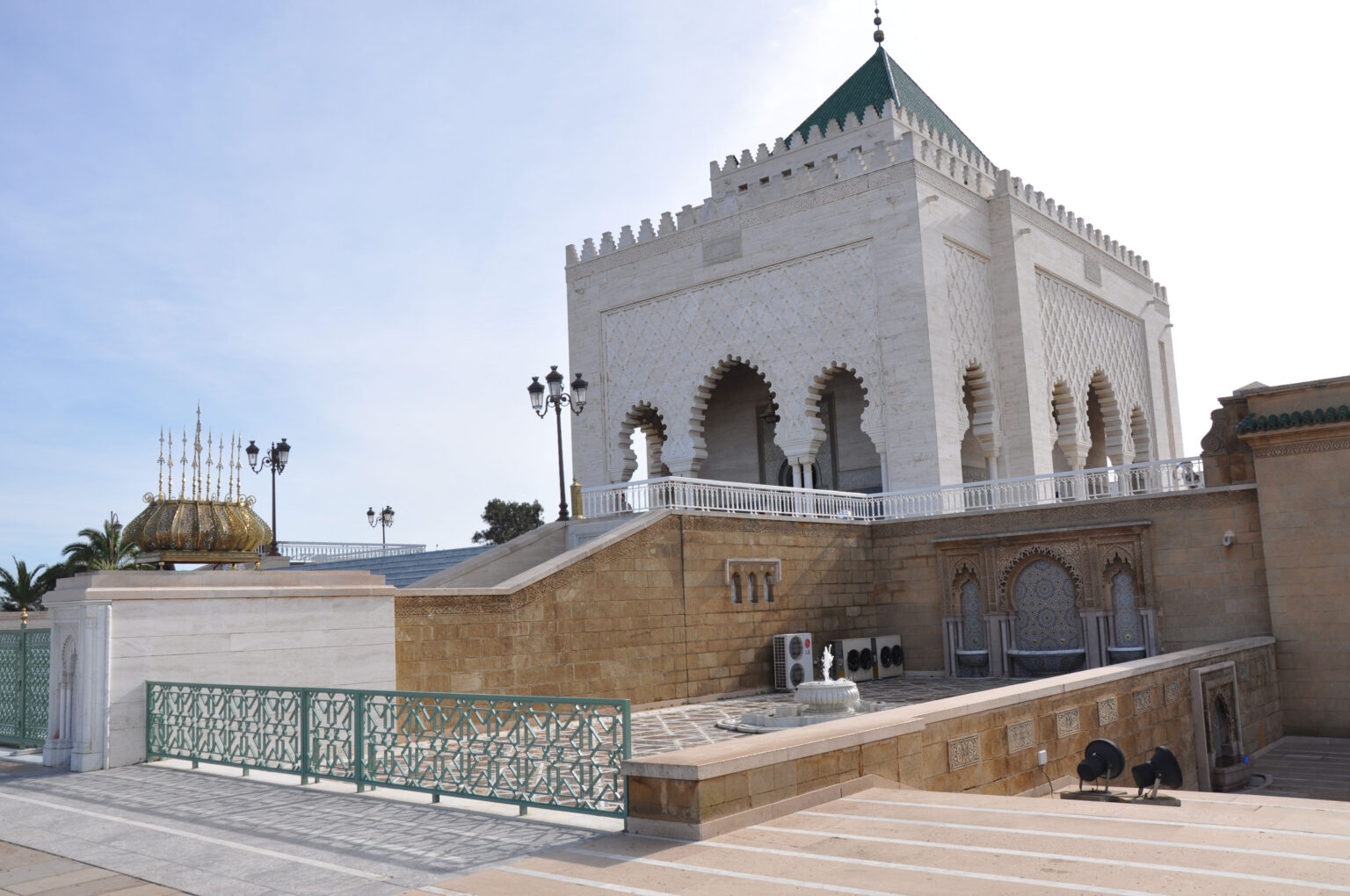
Royal Palace of Rabat
The Royal Palace of Rabat, or Dar al-Makhzen, is the official residence of the King of Morocco, a place of immense historical and political significance. Situated at the heart of the city, the palace dates back to the 17th century and has been the residence of Moroccan sultans and kings throughout history. Although the palace itself is not open to the public, the surrounding grounds and the impressive exterior are a testament to the grandeur of the Moroccan monarchy. The palace is surrounded by beautifully landscaped gardens, and visitors can admire its grand gates, which are adorned with intricate metalwork and carvings. The Royal Palace is not only a residence but also the center of Morocco’s political life, with important government functions taking place within its walls. As the home of the monarch, the palace represents the power and authority of the royal family, and its grandeur reflects the importance of Rabat as the capital of Morocco. While much of the palace remains inaccessible, its architectural splendor and its symbolic role in Moroccan governance make it an essential landmark to understand the country’s royal history.
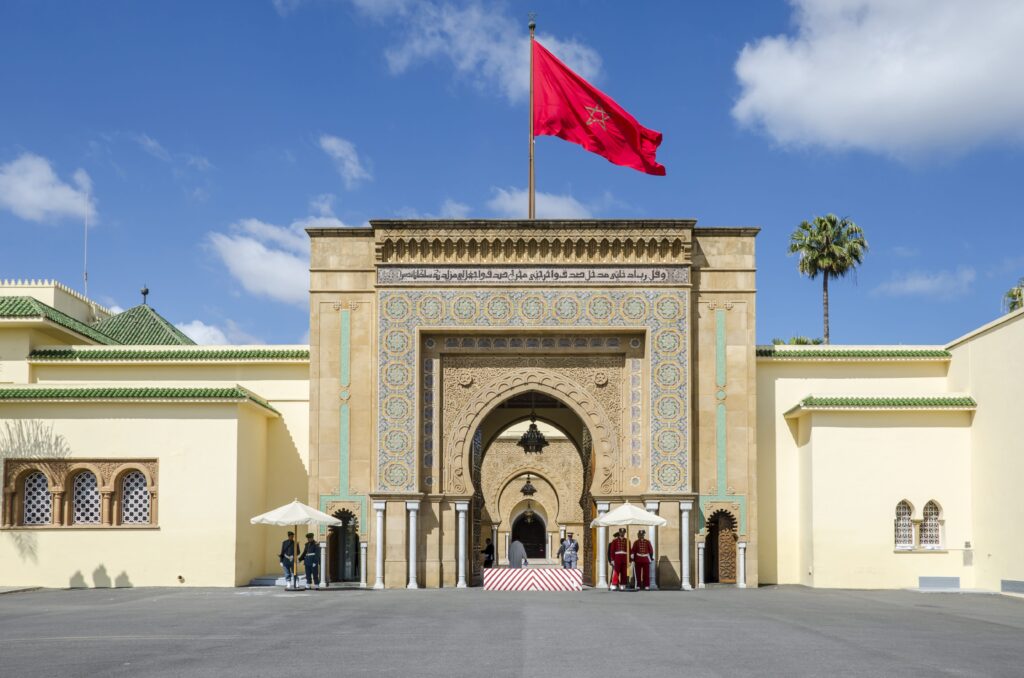
Chellah Necropolis
The Chellah Necropolis is one of Rabat’s most fascinating historical sites, offering a unique blend of ancient Roman and Islamic history. Originally founded as the Roman city of Sala Colonia in the 1st century CE, the site was abandoned after the Arab conquest in the 7th century. It was later repurposed as an Islamic burial ground and is now a peaceful necropolis. Visitors to Chellah can explore the well-preserved Roman ruins, including remnants of temples, baths, and a triumphal arch, as well as the medieval Islamic tombs that have been added over the centuries. The site is a quiet, almost mystical place, surrounded by lush gardens and inhabited by storks, which have become a symbol of the area. The juxtaposition of Roman and Islamic structures offers a rare opportunity to explore the layers of history that have shaped Rabat and Morocco as a whole. The Chellah Necropolis is not only an archaeological site but also a tranquil retreat from the bustling city, where visitors can reflect on the deep and complex history of the region.
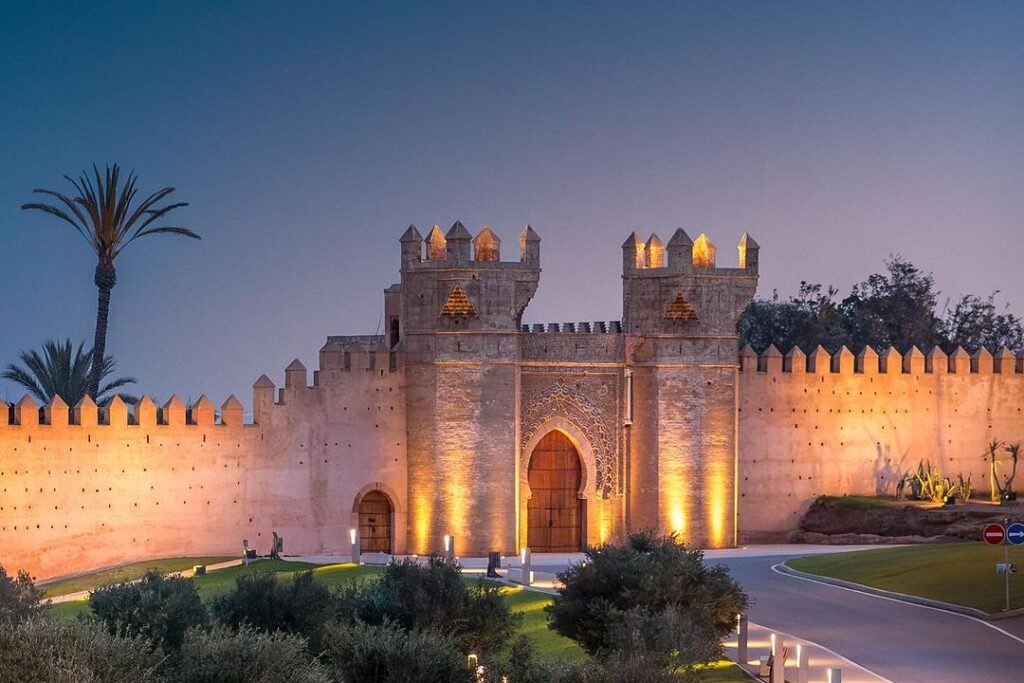
Rabat Medina
Rabat’s medina, though smaller and quieter compared to those of other Moroccan cities like Marrakech or Fes, is nonetheless an important and historic part of the capital. The medina dates back to the 12th century and has preserved much of its original charm, with narrow, winding streets, traditional houses, and bustling souks that sell everything from handcrafted goods to spices. Unlike the larger, more crowded medinas in other cities, Rabat’s medina offers a more relaxed and authentic atmosphere, making it ideal for those seeking to experience traditional Moroccan life without the overwhelming crowds. The medina’s architecture is a blend of Berber, Arab, and Andalusian influences, with vibrant colors and intricate details adorning the buildings. Within the medina, visitors can explore centuries-old markets, mosques, and schools, each holding a piece of Rabat’s rich cultural heritage. While not as famous as the medinas in Fes or Marrakech, Rabat’s medina is a living testament to Morocco’s history, offering an intimate glimpse into the past and a chance to experience Moroccan traditions in a more serene setting.
